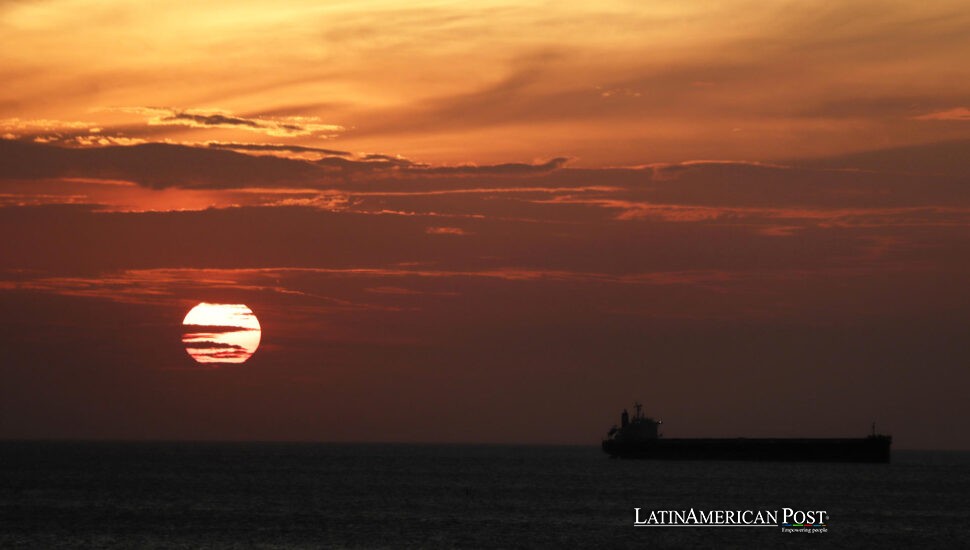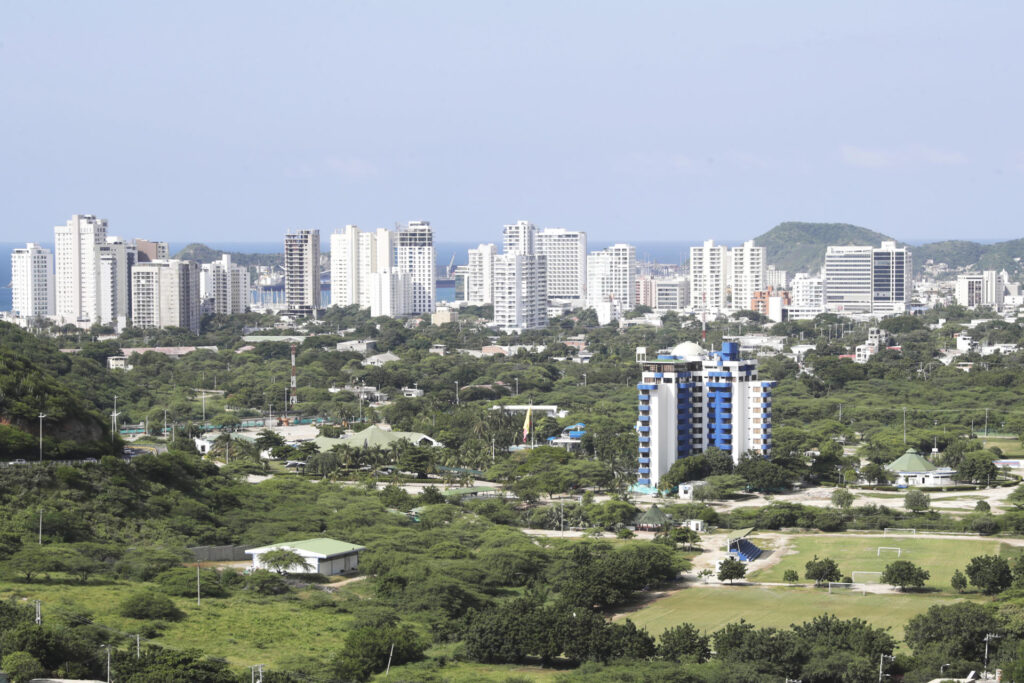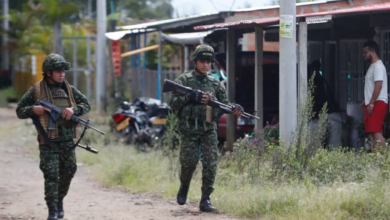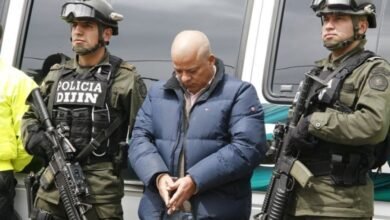From Colonial Port to Global Forum: How Santa Marta Became the Voice of Two Continents

Between Caribbean surf and the snowy peaks of the Sierra Nevada, Santa Marta, Colombia’s oldest city, became the stage for the fourth EU–CELAC Summit. As sixty nations met, the port balanced celebration, history, and the hard work of multilateralism, EFE reports.
A Caribbean Stage for a Continental Conversation
Santa Marta woke to the hum of motorcades and the scent of sea salt. The city, founded five centuries ago as Spain’s first foothold in South America, had never hosted anything like this. From the airport to the colonial center, welcome banners draped from balconies, streets were cordoned off, and nearly 1,200 soldiers patrolled the palm-lined avenues.
Hotels scrambled to accommodate the influx, adding extra-long mattresses for towering European delegates. Occupancy hit 98.5 percent, and local planners estimated $3.5 million in economic activity over the long weekend. Vendors filled the promenade with indigenous weavings and shells polished to the color of sunrise. For Santa Marta’s residents, it felt like a festival, one layered on top of a global meeting and a 500th-anniversary party.
Colombia’s president, Gustavo Petro, co-chaired the summit in his role as CELAC’s pro tempore leader, alongside European Council president António Costa. The guest list read like a cross-section of continents: Luiz Inácio Lula da Silva, Pedro Sánchez, ministers from the Caribbean and Europe, and envoys from Asia observing quietly. Not every seat was filled, but the message carried weight: two regions that once traded through the empire now spoke as equals.
Even the details had symbolism. The extra-long beds said Europe had arrived; the craft stalls along the malecón whispered that the Americas were ready to host. Under the humid sun and tight security, Santa Marta, birthplace of conquistadors and final resting place of Simón Bolívar, was once again a meeting ground of worlds.
Inside the Room: Trade, Climate, and the Language of Cooperation
When the microphones warmed, the mood turned earnest. Leaders affirmed what they called a “strategic bi-regional partnership” built on democracy, human rights, and the rule of law. “The multipolar world demands a multilateral response,” Costa said, a phrase that echoed through the hall.
The joint declaration, summarized in the CELAC report, pledged to strengthen global institutions, reform international finance to favor developing nations, and defend the U.N. Charter’s fundamental principles. But beyond rhetoric, the focus was practical: trade, energy, and technology.
Commerce between the European Union and the CELAC region has expanded more than 50 percent in the past decade, and one million European jobs now depend on exports to Latin America, data cited in the report showed. Both sides promised to deepen that integration through new agreements and smoother market access, while ensuring food security “as a shared responsibility.”
The EU–LAC Global Gateway Investment Agenda, launched in 2021, was hailed as the engine for green and digital transformation, channeling public funds and private capital into clean energy, health, and digital infrastructure. Climate commitments dominated. The declaration reaffirmed support for COP30 in Belém do Pará and pledged “deep, rapid, and sustained reductions in greenhouse gases in line with the 1.5 °C trajectory.“
Leaders also praised the EU–LAC Digital Alliance, promising to build “safe, secure, and trustworthy artificial intelligence” grounded in ethics and human rights. It was a rare moment when talk of algorithms shared space with talk of agriculture.
Geopolitics is threaded through every paragraph. On Ukraine, the summit endorsed all efforts for a negotiated peace and reaffirmed the need to respect sovereignty and international law. In Gaza, delegates urged a two-state solution, humanitarian access, and an immediate ceasefire. Haiti’s instability drew vows of support for democratic restoration and control of illegal arms flows. The tone was diplomatic, but the undercurrent was clear: global crises demand regional unity.

Security and Care: New Pacts with Human Stakes
Not all the breakthroughs were symbolic. The summit produced tangible blueprints. Eighteen Latin American and Caribbean countries joined the EU in forming the EU–LAC Alliance for Citizen Security, aimed at tackling the crimes that blur borders, drug and arms trafficking, cybercrime, human smuggling, and environmental offenses such as illegal mining. “We must strengthen the rule of law while sharing technology, training, and best practices,” the CELAC report quoted officials as saying.
On another front, sixteen countries launched a bi-regional Pact on Care, the first of its kind. The initiative seeks to formalize and expand the care economy by recognizing unpaid domestic labor as economic infrastructure. The pact will help nations design policies for daycare, eldercare, and social services, redefining what development means. “Families can’t work or study if they can’t care,” one delegate told EFE, summing up the logic behind the signatures.
The corridors buzzed with side meetings. Caribbean leaders held a focused session with EU partners on disaster resilience and climate finance. The European Investment Bank pledged $1.15 billion to strengthen regional power grids and renewable projects. Costa, linking those figures to the devastation from Hurricane Melissa, reminded the room that the climate emergency “is not a headline, it is a wound.”
Every announcement felt like a test of the summit’s thesis: that cooperation must be measurable, in megawatts, in classrooms, in lives less precarious.
After the Family Photo: What Santa Marta Means for Colombia
For Santa Marta, the summit was more than protocol; it was vindication. The city, founded in 1525 by Rodrigo de Bastidas, was once a crown jewel of the empire and later a forgotten port. It is also where Simón Bolívar died in 1830, dreaming of a united continent. Now, five centuries later, the flags of sixty nations fluttered where conquistadors once raised theirs.
President Petro, known for challenging Europe over colonial history, struck a careful tone. Months earlier, he had accused former colonial powers of “genocidal acts.” Yet here he co-chaired panels with European counterparts, arguing for “a new relationship between equals.” It was diplomacy written on the edge of reconciliation.
The city mirrored that duality. Streets carried as many 500-year celebration banners as summit logos. Museums stayed open late; soldiers stood guard under bougainvillea. Delegates discussed emissions targets while locals sold coconut water and watched convoys glide by. Santa Marta was both a security zone and a carnival, proof that Colombia could host global politics without losing its warmth.
By the time the final communiqué was signed, the numbers told one story: 110,000 visitors, hotels at capacity, and an instant economic boost. The quieter story was the one left behind: a sense that the Caribbean can now host the conversations shaping the century.
When the metal detectors come down and the extra-long mattresses return to storage, what remains are the signatures and the expectation that this meeting by the sea will lead to action inland. As the CELAC report concluded, the goal is simple but demanding: “to make our natural bond even stronger, grow together, and protect each other.“
For two days in Santa Marta, that idea felt possible. The real summit begins now, in the work of turning those words into something that endures, a bridge built not only between continents but also between promise and proof.
Also Read: Argentina El Impenetrable Forest Battles Cattle, Chainsaws and Climate Stakes




